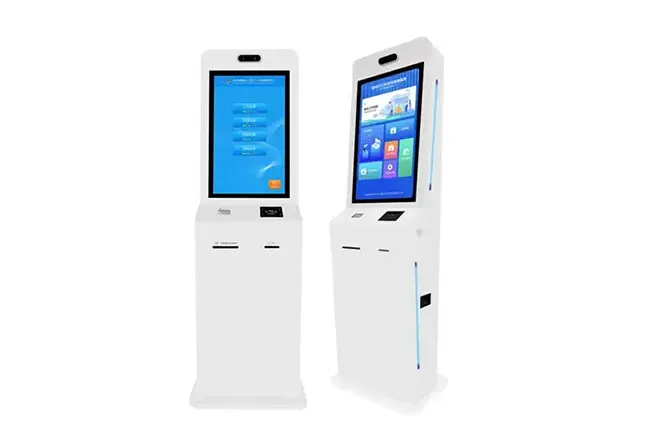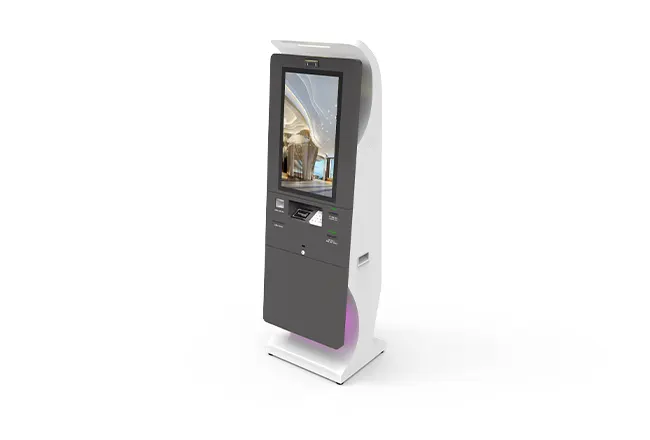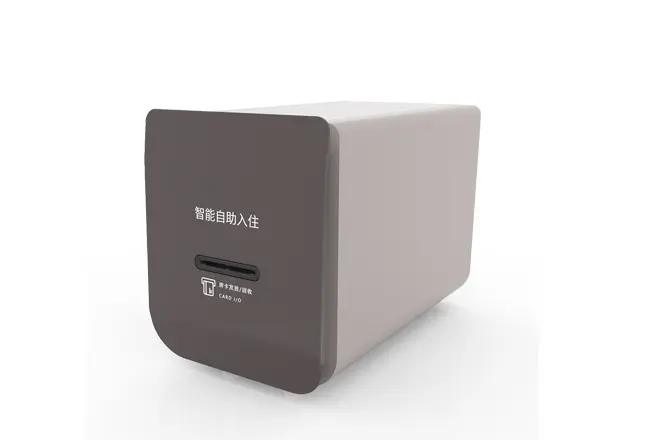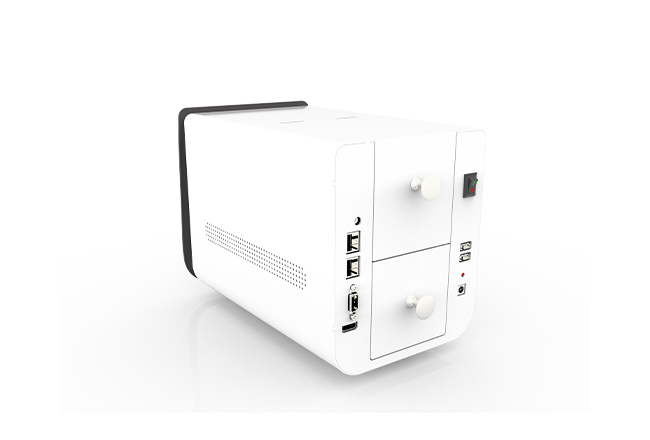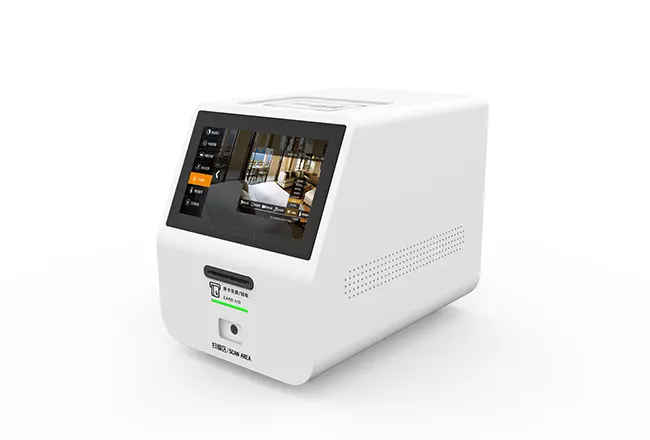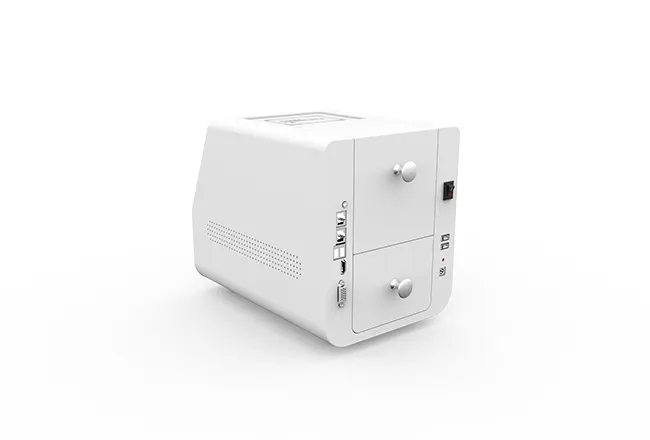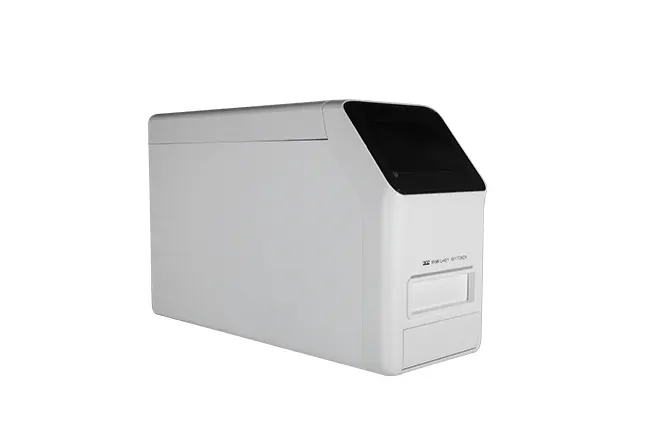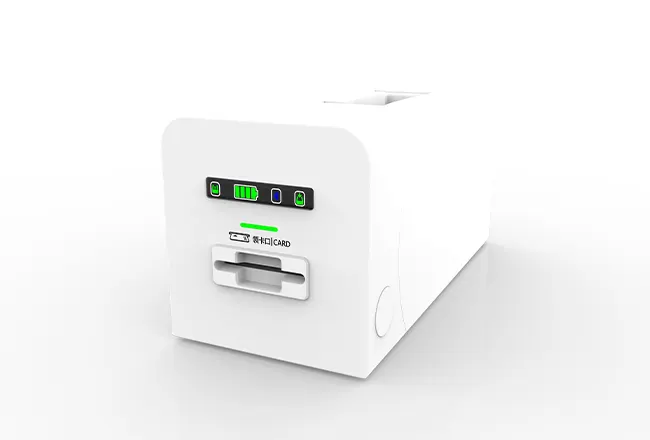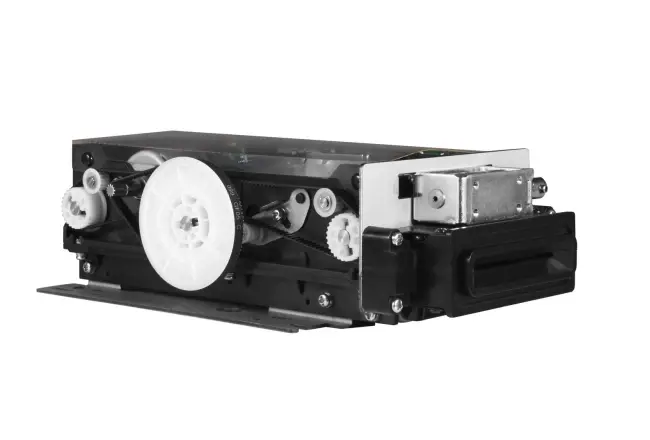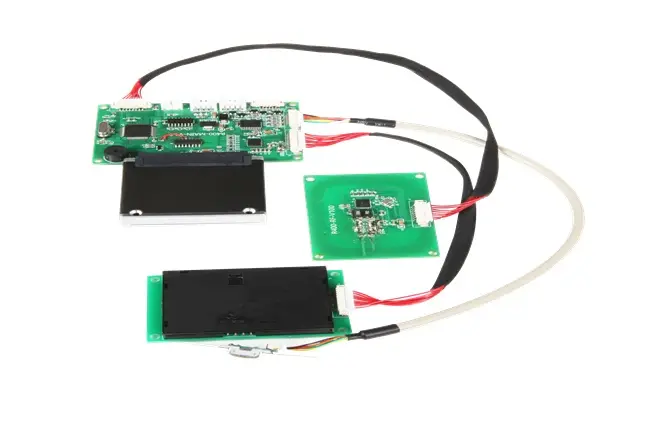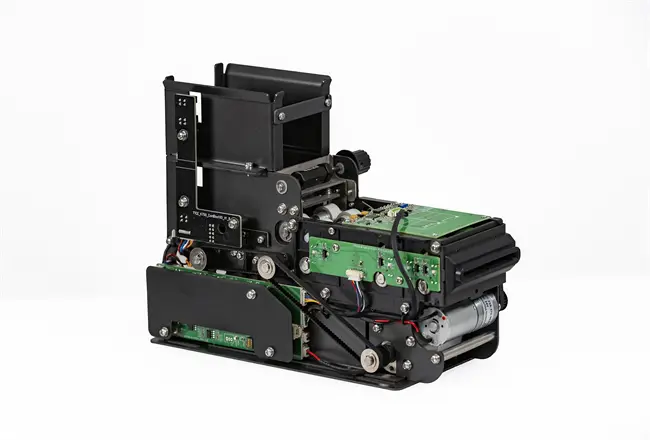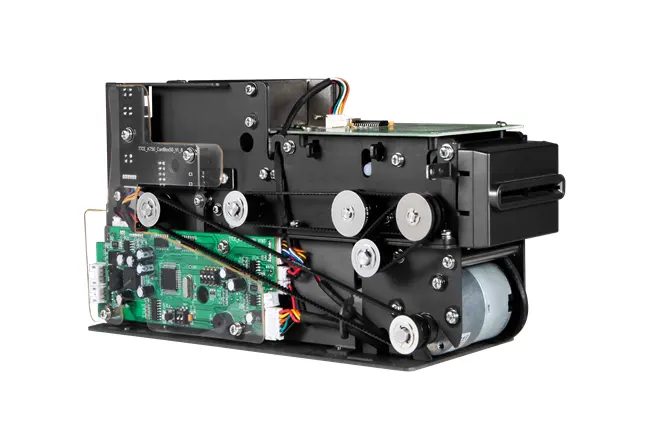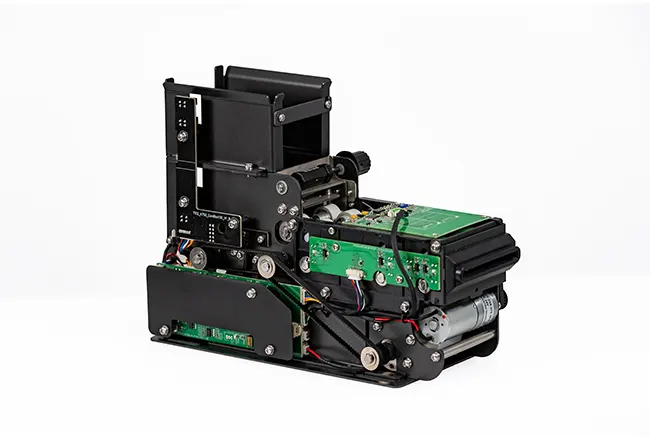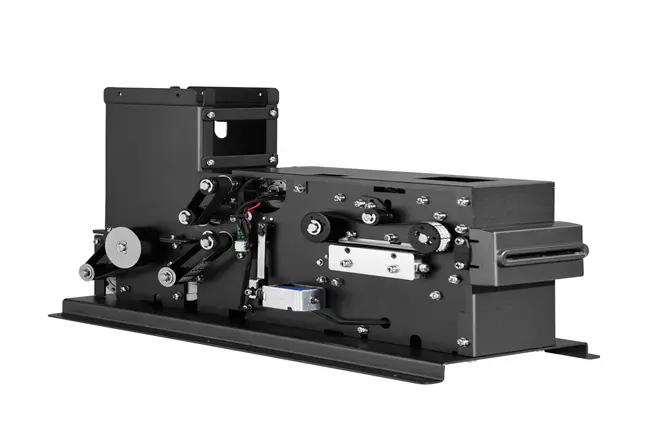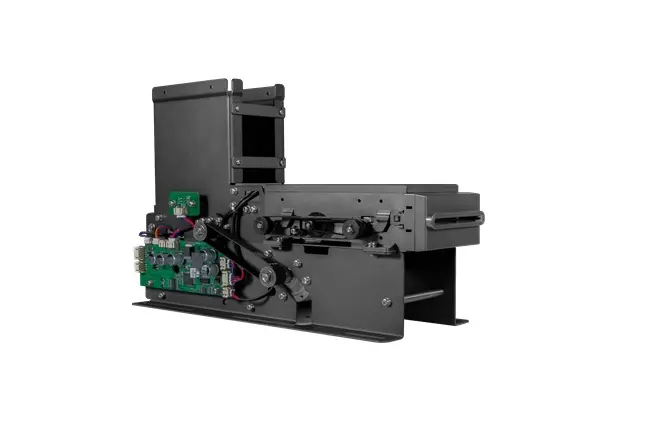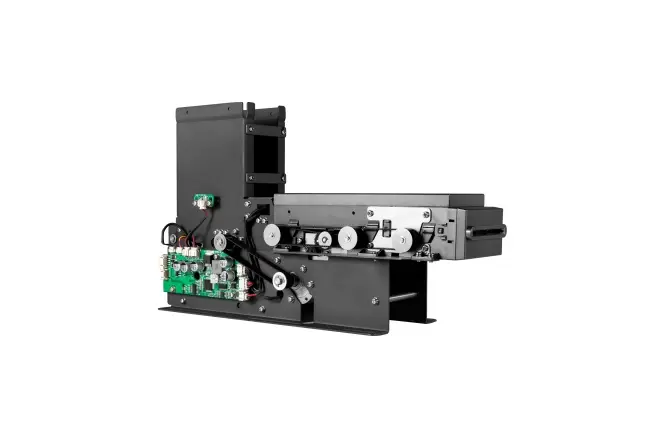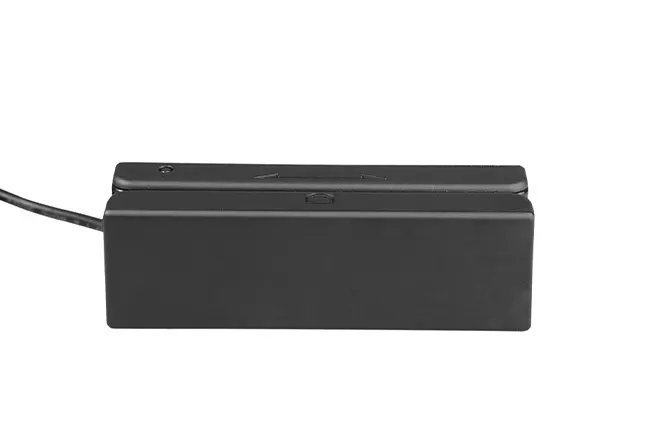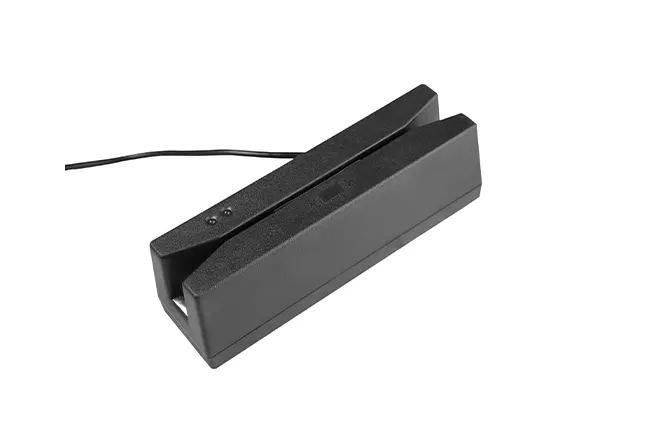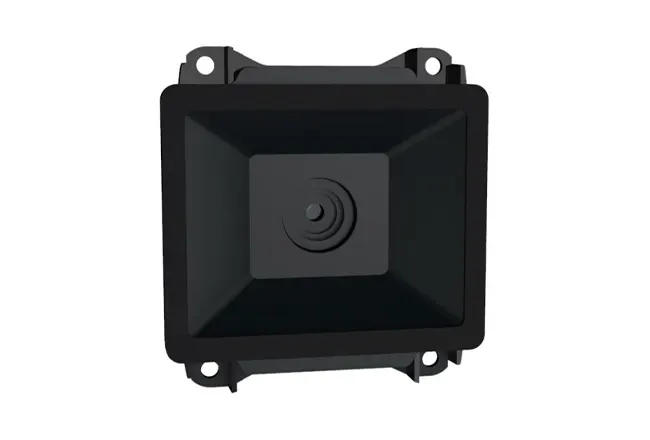Blog Related
How Motorized Card Reader Reduces Frequent Card Jamming Risks
2025-09-22Card jams break customer trust. They stall revenue. They trigger costly service calls. At TTCE, we build for the opposite result. Our Motorized Card Reader keeps cards moving with quiet precision. Reliability isn't luck - it's engineered. Most jams happen for one simple reason: dust sneaks in. Tracks wear down. Power flickers freeze cards mid-path. As a manufacturer, we learned long ago that “anti-jam” is not a single trick. It's a system: robust mechanics, smart electronics, durable materials, and firmware that makes the right decision when the environment - or the power - misbehaves.
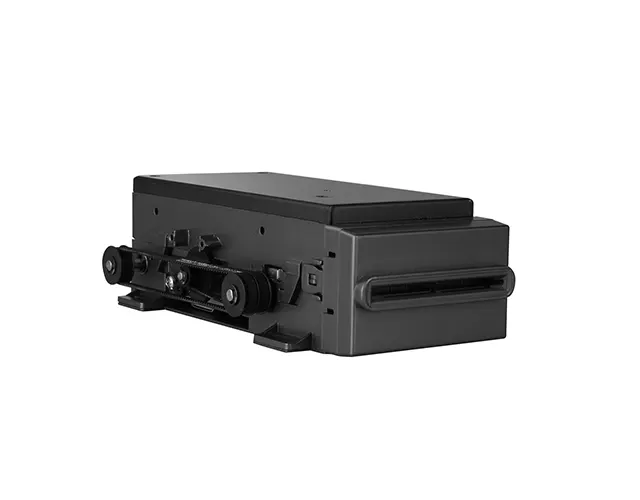
The Jam Problem, Explained from the Field
After thousands of deployments, the same three culprits show up. First, dust and tiny objects sneak through the slot and ride the card into the transport path. Second, wear in the track introduces micro-misalignments that scrape, snag, and eventually seize. Third, power events freeze a card mid-transaction and leave staff with tweezers. Our Motorized Card Reader tackles each cause directly.
- Dual-Shutter Defense that Blocks Trouble at the Door
We use a two-layer shutter strategy. The front shutter is mechanical and blocks dust and foreign matter from entering in the first place. A second shutter safeguards the motor drive, keeping the critical components protected even when the outer barrier meets its match. This arrangement doesn't just look good on a spec sheet; it prevents obstructions from reaching the card path and dramatically cuts the number of help-desk tickets tied to debris. If you are searching for a dual-shutter card reader for outdoor or high-traffic sites, this is the feature that pays for itself.
- Materials and Geometry that Stay True Over Time
The reader body is built from composite plastics engineered to resist heat, abrasion, and aging. Along both sides of the transport channel we embed stainless-steel rails. That combination keeps the track rigid and smooth, so the card travels straight without rubbing or wobbling. Over months of heavy use, fewer friction points means fewer jams. We also design the unit as modules. Service techs can open, clean, or swap parts quickly, without dismantling a kiosk. Shorter service windows mean less risk of mis-reassembly and less downtime.
Engineering Choices that Keep Cards Moving
We design for prevention, control, and recovery. Prevention keeps contaminants out. Control ensures precise read/write. Recovery returns the card safely when the unexpected happens.
• IC/RFID read/write + magnetic read - One device handles multiple card technologies. Integrators avoid mixing hardware and keep the transport path consistent and reliable.
• Multi-in-one architecture - A single Motorized Card Reader supports diverse card media, simplifying design and cutting potential failure points.
• Power-down card eject - During a power event, the unit safely ejects the card so customers aren't stranded and queues keep moving.
• PSAM options - On-board secure modules enable strong authentication and encrypted workflows without external dongles or fragile cabling.
• Dust- and foreign-object-resistant bezel - The slot design is the first shield against everyday dirt, paper scraps, and coins.
• Multi-protocol ready - Direct integration with host controllers and software stacks, no latency-inducing bridges.
• Modular architecture - Swap modules fast for cleaner maintenance and quicker return to service.
• Up to eight SIM cards - Flexible secure-element options for complex, multi-service kiosks.
In practice, these features reduce jam triggers and speed recovery when the unexpected occurs. For operators evaluating an anti-jamming card reader for kiosks, this balance of mechanical discipline and serviceability is what turns capex into dependable uptime.
Outcomes You Can Measure in Banking, Transit, and Access
Banks feel jams immediately: an ATM stops, a transaction rolls back, and a customer walks away. With our Motorized Card Reader, the power-down eject and precise media handling curb abandoned sessions. PSAM options harden secure card authentication without complicating the footprint. The debris-resistant bezel and dual-shutter design keep validators accepting cards, even after windy afternoons or rainy mornings.

Access control tells a similar story. Offices, hotels, and venues promise smooth entry; misreads at a door cause queues and frustration. Stable read/write performance prevents lockouts and protects both security and guest experience. Retail and self-service kiosks - loyalty programs, membership checks, and pay-at-kiosk - depend on predictable media handling. Fewer jams reduce emergency service calls at the busiest times of day. Government counters and healthcare facilities need accurate ID verification. A consistent transport path cycles
• Magnetic head: up to 800,000 cycles
• IC card contact: up to 300,000 cycles
These figures support predictable schedules and lower total cost of ownership. Pair that with a modular layout and straightforward cleaning, and you get a reader designed for years of duty, not months of firefighting.
✅ A Quick Deployment Checklist for Fewer Jams
Even the best mechanics benefit from good habits. As you integrate our Motorized Card Reader, we recommend a few basics that consistently improve outcomes:
• Place the slot away from direct dust paths or floor-level drafts.
• Enable power-down eject in firmware from day one.
• Add a quick cleaning routine for the bezel and channel.
• Train attendants to remove foreign objects via the service door - never by pulling on the card.
• Log incidents with time and environment notes; patterns often reveal simple fixes.
Small choices like these compound. Sites that follow the checklist see fewer stuck-card incidents and faster recovery when something unusual happens.
Why TTCE Builds Readers This Way
Our design philosophy is simple: a Motorized Card Reader should disappear into the background. Customers should never think about it, attendants should rarely touch it, and operators should trust it during the busiest hours of the week. That is why we obsess over shutters, rails, and firmware states. It is also why we support multiple communication protocols and secure options like PSAM - so the reader adapts to your system rather than forcing the system to adapt to it.
We also carry the lessons of the field back into our engineering loops. When a transit gate in a coastal city reports more grime than expected, we adjust gasket geometry. When an outdoor kiosk faces frequent brownouts, we refine our power-down logic. These small changes, release after release, are how reliability improves in the places reliability matters most.
Ready to Cut Jams and Raise Uptime?
Let's talk. TTCE can help you deploy our Motorized Card Reader in ATMs, transit gates, access controllers, and retail kiosks. Contact TTCE to turn jam statistics into smooth, revenue-ready operations - without redesigning your entire kiosk.

